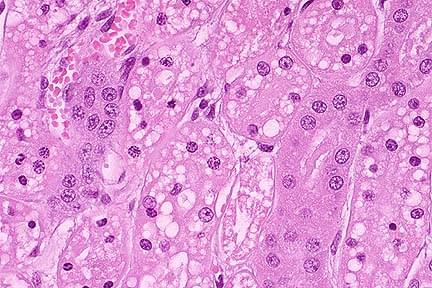Looking ahead: Automatic Construction is in the process of building a concrete house for one customer in New York and has contracts signed with two others, according to Bell. It’s also inked a deal with a “large commercial contractor” for a structure.
It’s not clear how large those will be, but the prototypes the company has built so far are better described as tiny houses than starter homes — they might be large enough for one person, but they aren’t likely to accommodate a family.
Automatic Construction is testing a 650-square-foot, two-story concrete house design, though, and claims its technique could be scaled up for larger structures — including commercial buildings, city skyscrapers, or even houses on Mars.






